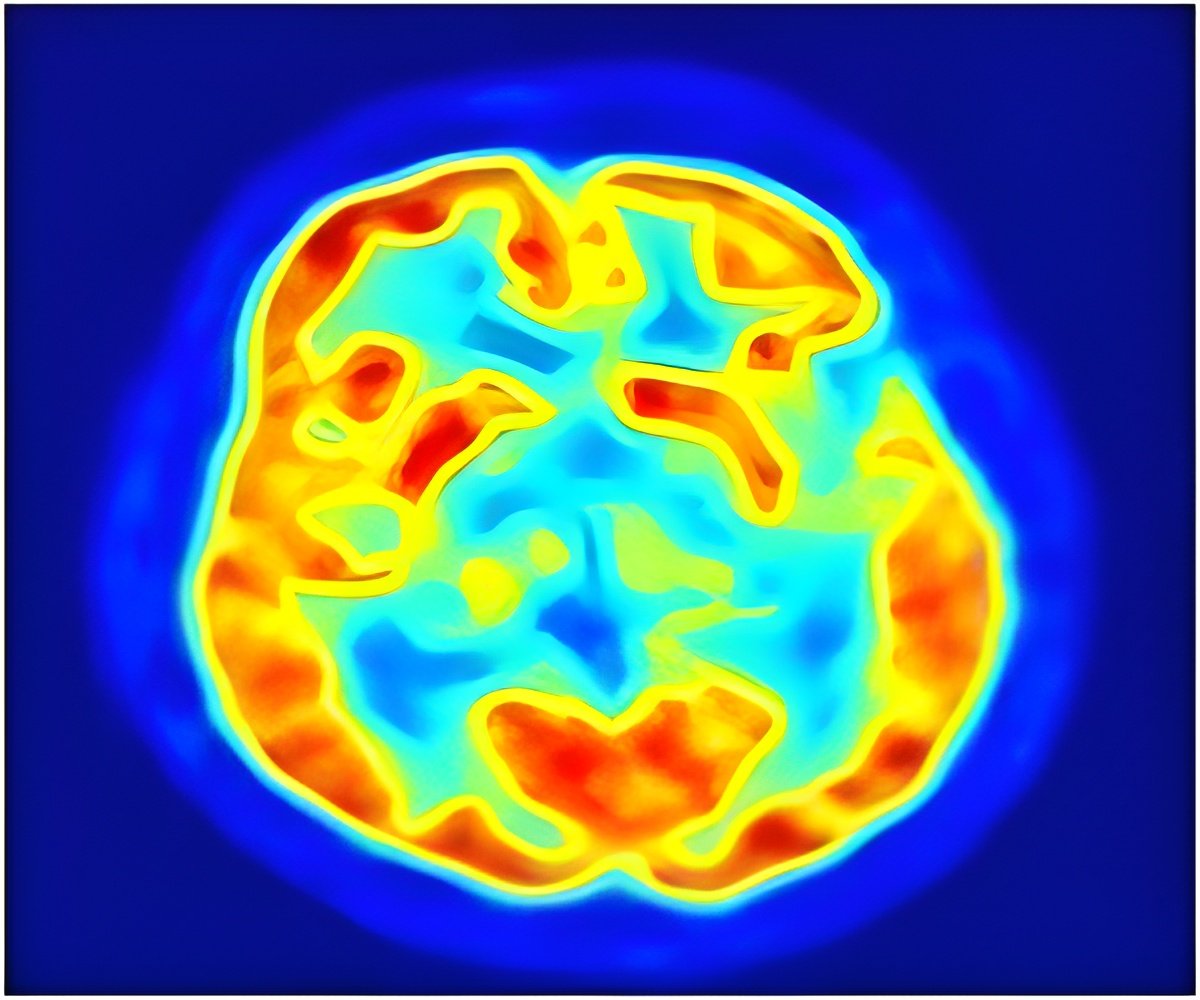Both optogenetics and sonogenetics approaches hold promise in basic research by letting scientists study the effect of cell activation.

Senior author Sreekanth Chalasani said that light-based techniques are great for some uses, but this is a new, additional tool to manipulate neurons and other cells in the body. In optogenetics, researchers add light-sensitive channel proteins to neurons they wish to study. By shining a focused laser on the cells, they can selectively open these channels, either activating or silencing the target neurons.
But using an optogenetics approach on cells deep in the brain is difficult: typically, researchers have to perform surgery to implant a fiber optic cable that can reach the cells. Plus, light is scattered by the brain and by other tissues in the body. Chalasani added that both optogenetics and sonogenetics approaches hold promise in basic research by letting scientists study the effect of cell activation. And they also may be useful in therapeutics through the activation of cells affected by disease.
However, for either technique to be used in humans, researchers first need to develop safe ways to deliver the light or ultrasound-sensitive channels to target cells. It was described in the journal Nature Communications.
Source-ANI










